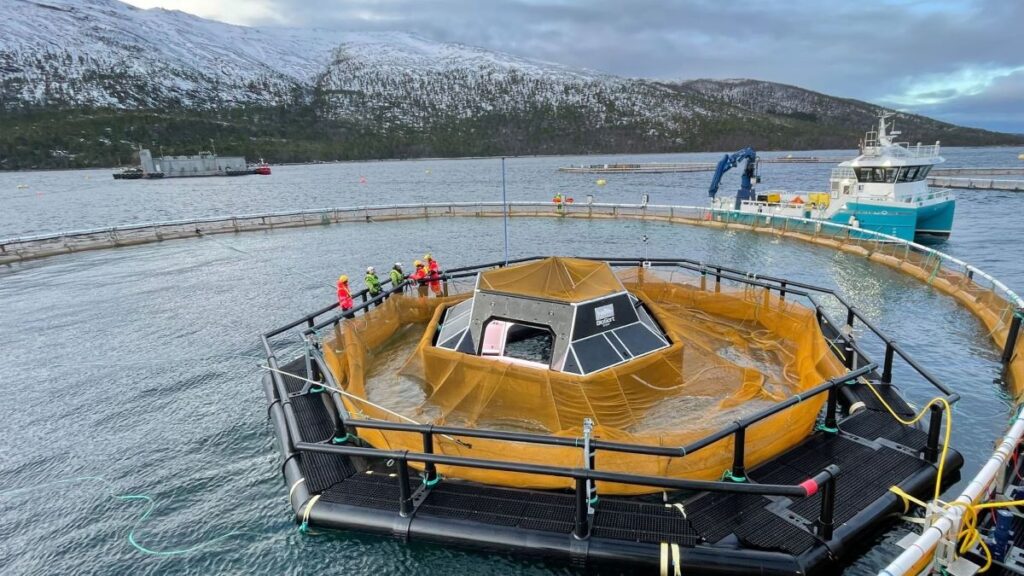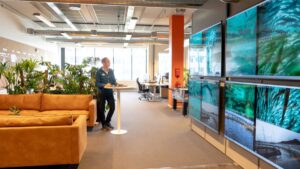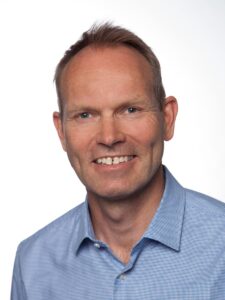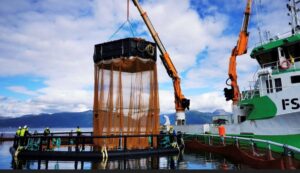Smart farming

Salmon farmers may be slow to experiment with artificial intelligence solutions but Cermaq is one of the leaders, reports Vince McDonagh
Norway may be the world leader in aquaculture, but the industry is still too slow in adopting artificial intelligence (AI) into its systems, says a new report.
This means Norwegian fish farmers are likely to be losing out on the advantages AI can bring to business, the survey adds.
The independent organisation Samfunnsökonomisk Analyse (Economics Norway), commissioned by, among others, the Norwegian business organisation NHO, has found that only 24% of businesses, including salmon companies, actually use AI.
Of course, much is being written about artificial intelligence and how it is going to transform all our lives, even if eliminates millions of jobs around the globe.
But such claims have to be treated with caution. Those old enough to remember the advent of the internet and its related computer technology in the early 1980s will recall talk of paperless offices and everyone having so much leisure time they will hardly be off the beach. If only!

iFarm monitoring
The Samfunnsökonomisk report has grouped aquaculture in with fisheries, farming and forestry as among the lowest users of AI.
However, there is no mention of salmon companies such as Cermaq, who are going in for this new technology in a big way – as set out later in this article. The report does state that 43% of businesses within this group are currently thinking strategically about implementing it.
Other companies in salmon farming are now teaming up on various AI-related projects.
One of the problems with AI is that its introduction often doesn’t involve changing a company’s entire production system – just bits of it.
Each business will have its own priorities.
Faces in the crowd
A few producers are now moving ahead at an impressive pace, however. Cermaq is using AI from the aquaculture health-related technology company BioSort to improve fish health and welfare in the cages by creating a record for each individual salmon.
Cermaq found that each salmon has a unique appearance. BioSort was able to recognise individual fish in a cage and give them their own health records.
The underlying software systems for health records and registration of health reports for individuals are also now running live.

Geir Stang Hauge, BioSort
The General Manager of BioSort, Geir Stang Hauge, says: “We have worked with the algorithms for facial recognition of salmon for a long time and built up an image database of fish from various life stages. This has now been put into use online at the Hellarvika plant at Cermaq in Steigen (in Nordland). “This means that every time a fish is seen by the iFarm sensor, the fish’s identity is checked. A health report, which includes welfare indicators, lice, weight and k-factor [the overall condition of the fish], is stored in the individual’s record for each registration. In this way, we get a history of individual fish, which can be used to follow the individual’s growth and any welfare symptoms.
“For example, if the fish has a wound, we can see if it heals or worsens, and the fish should possibly be removed to avoid the spread of infection.”
Work is now being done to increase the database for the various machine vision algorithms. This means the accuracy of individual recognition and information for the fish increases.
Karl Fredrik Ottem, Cermaq’s Head of Fish Health and Project Manager for the iFarm project, says: “Machine vision for fish health monitoring will in the future provide us farmers the opportunity to follow the fish more closely. Over time, we gain a better understanding of the course of disease, which we can translate into better management of challenging health situations”.
Last summer, BioSort demonstrated that their sorter, a robotic hoof, is capable of catching individual fish and moving them to a separate tank in the water surface.
It is essentially core technology that will make it possible to remove fish with lice for continuous lice removal in the cage, as well as remove sick fish that can infect others.

The iFarm project
This can then be done without disturbing other fish and enable preventive fish health at an individual level. Being able to remove individual fish from the cage when necessary will limit early culling as a tool for handling challenging situations.
Furthermore, the aim is to sort out fish for the removal of lice, before the lice become sexually mature. If we succeed in this, it will mean a lot for the lice pressure, not only for the locality itself, but also for the area as a whole.
BioSort’s Hauge added: “Even though it is not a goal in the original plan in the iFarm project, we still envision that the next step in development is to get the sorter, together with the sensor, to function autonomously and react to selected criteria, such as lice or fish with signs of wounds or illness.”
About iFarm
The iFarm project is a collaboration between Cermaq, BioSort, ScaleAQ and Nofima. Cermaq has been awarded four development concessions with iFarm.
iFarm is a concept based on artificial intelligence and machine learning, which should make it possible to recognise each individual fish in a cage, each with its own follow-up action and health record. It will improve fish health and welfare, and will be a major step forward for the aquaculture industry.

